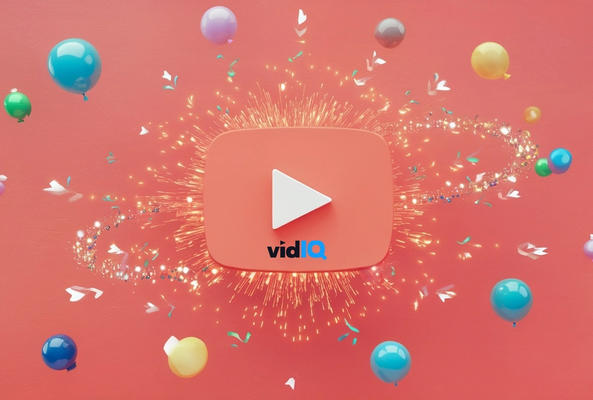Carla Marshall has 10+ years of experience in video marketing, social media management, content marketing, DRM, and SEO. She was previously Editor in Chief at ReelSEO.com, and as a journalist and video marketer, she's covered news stories, creator journeys, and digital-first publishing initiatives across all the major online video platforms. She is YouTube Certified and a judge for the Shorty Awards, as well as the UK, US, Canadian, Global, and EU Search Awards.
Kid's Content on YouTube: Why the FTC Ruling Will Have a Devastating Impact on Creators

This week the FTC fined YouTube $170M for collecting data on young viewers, then targeting ads directly to those children based on the content they watch. The FTC stated that these practices are a direct violation of the Children’s Online Privacy Protection Act and are an unacceptable breach of the rules.
While many are questioning why the fine was relatively lenient, the implications of the FTC ruling will have a much wider impact on both the platform, and for those creators who publish video content aimed at young children. As part of the agreement with the FTC, YouTube must immediately cease from collecting insights and data on any videos aimed at children under 12 years old, and it must obtain consent from parents before collecting or sharing personal details like a child’s name or image.
The FTC Impact on YouTube Kid’s Content Creators
While YouTube have been taken to task for data-mining that section of their audience, the real impact will be on the creators who focus on kid’s content, and who, in many cases, rely solely on the income made from publishing in this vertical.
By January 2020, any channels creating child-focused content such as nursery rhymes, learning games, slime stuff, gaming walkthroughs, dress-up and a thousand other topics must very clearly label any videos as being aimed at kids. The ability to enable comments and notifications will also be removed.
Most importantly, child-focused videos will not be able to monetize via targeted ads, a move that could have a devastating financial impact on hundreds of thousands of YouTube channels.
Kid’s Content on YouTube: The New Rules
In a blog post from YouTube CEO Susan Wojcicki, it was confirmed that the way the platform will treat their younger viewers will change significantly by the end of 2019. Changes will include:
- YouTube will treat data from anyone watching children’s content on YouTube as coming from a child, regardless of the age of the user.
- YouTube will stop serving personalized ads on this content entirely, and some features will no longer be available on this type of content, like comments and notifications.
- Creators will be required to tell YouTube when their content falls into the kid’s content category.
- The platform will use machine learning to find videos that clearly target young audiences (presumably to find any content that has deliberately undeclared.)
While the upcoming changes may bring piece of mind to parents and guardians of young viewers, they will have a very serious impact on creators. A ban on notifications will mean creators miss out on generating views in the first few hours after upload, a crucial time for building view velocity. The knock on effect being that videos miss out on being recommended so viewership and engagements take a sharp drop, which, alongside the inability to run targeted ads is going to have a very serious impact on potential revenue.
Of course, the new guidelines dovetail nicely with the push for YouTube Kids, an app (and now a website) based solely on child-friendly content.
Keep tuned to vidIQ for more news and advice about the new changes.
Want To Get More Views on YouTube?
If you want to take your YouTube channel to the next level and get more views on YouTube then make sure to download vidIQ. Join over 1 million other users and use vidIQ to help you research YouTube, analyze videos, audit your own channel, and take actionable steps click here to install now!



